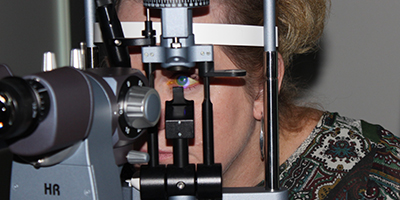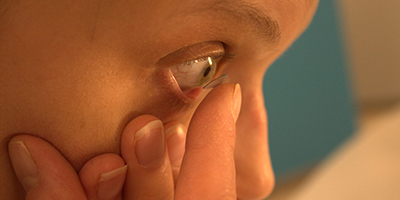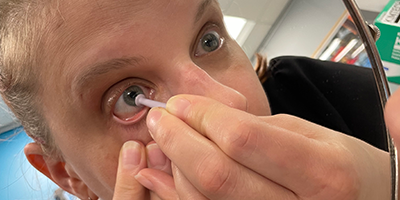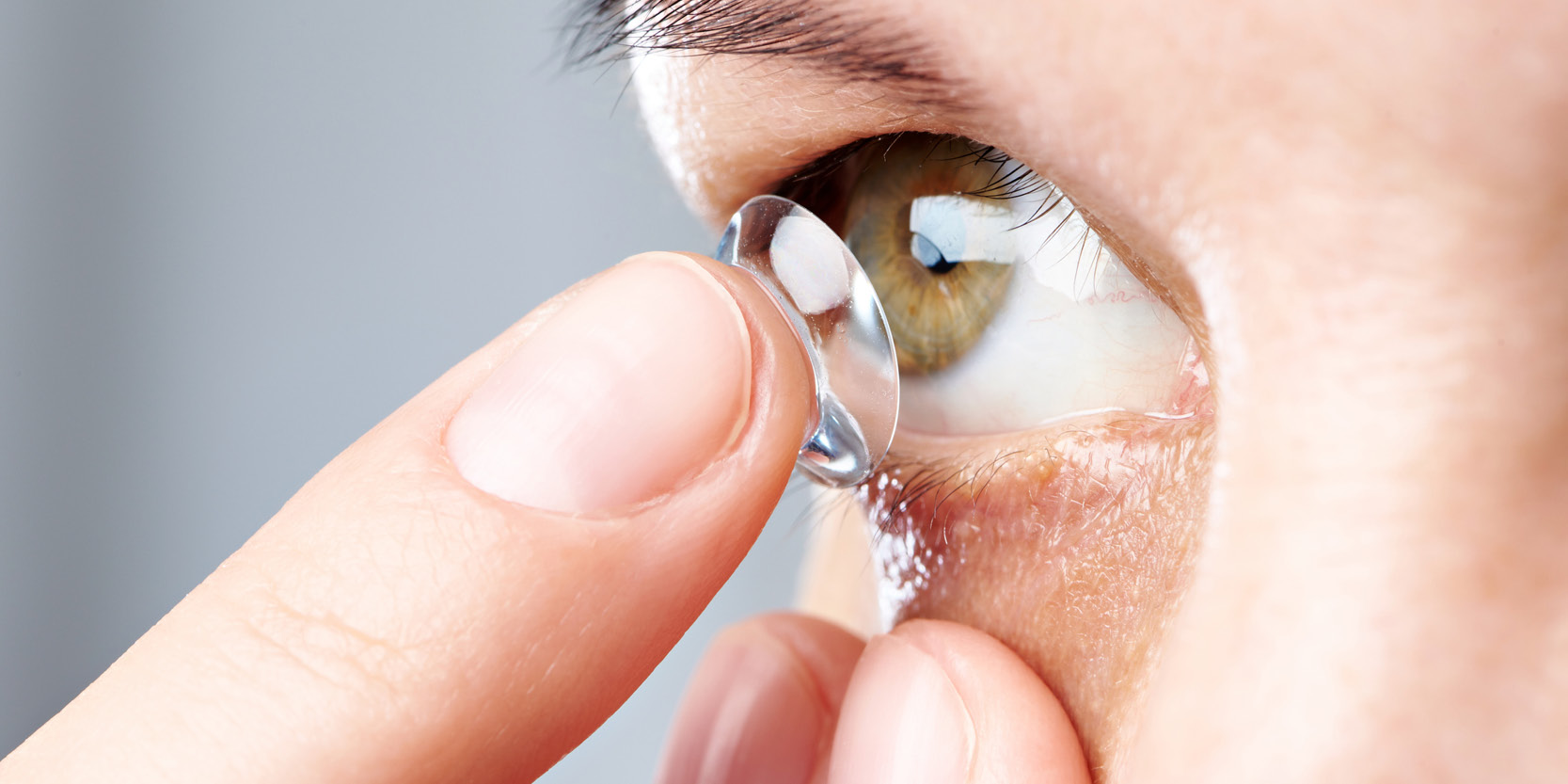
Maximizing Custom Soft Lens Design Success with the “Fit First” Philosophy
Soft contact lenses are available in two overall categories – stock lenses that are available in limited parameters, and custom designs which are available in multiple parameters for base curve, diameter, power, toricity, toric axis, zone sizes and materials.
All eyecare practices offer stock soft lenses. Let’s discuss here how you can make your practice standout and be different than your competitors by offering customized designs.
When are custom soft lens designs indicated?
The simplest answer to this question is “when stock parameter standard soft lenses don’t provide the expected fit and visual results.”
Additionally, there are multiple situations where a custom soft lens is useful. Unusual corneal size, high spherical and cylinder refractive errors, multifocals and the irregular astigmatism induced by disease, surgery or disease are just some of the examples of these situations
Numerous options are available with the most common being Diameter, Base Curve, Power, Toric Axes, Thickness, Optical Zone, Asphericity, and Reverse Geometry.
The “Fit First” Philosophy
Providing great visual acuity is a primary goal for any contact lens fitting.
To be able to achieve the visual objective though, let’s first focus on the fitting characteristics.
Various studies have documented that the average corneal horizontal visible diameter (HVID) is approximately 11.4mm-11.8mm. (Figure 1) It’s also been well described that a properly fit soft lens provides corneal coverage that has 1mm – 1 ½mm of overlap 360° around the cornea. Based on these two factors stock parameter lens manufacturers typically provide lens diameters in the range of 14.0mm-14.5mm.
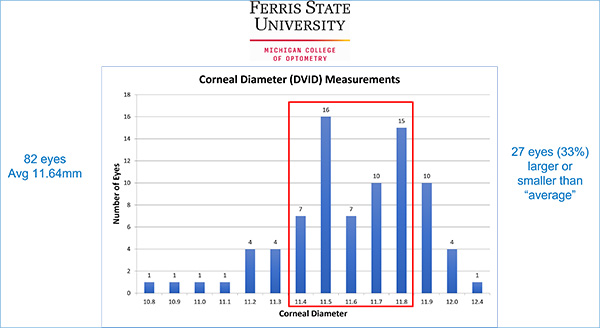
But this doesn’t take into consideration up to 33% of corneas where the HVID is either larger or smaller than average – necessitating options in the soft lens diameter choices.
- Average corneal shape, as measured by keratometry, is about 43.00D (7.80mm) with a range from 40.25D (8.38mm) to 47.50D (7.10mm)1. For those corneas that are steeper or flatter than normal their shape can impact lens fit, especially in stock parameter lenses that are often available in only one, or at most two base curves.
We’ve learned a lot over the past few years from scleral lens use how Sagittal Depth (SAG) impacts fitting. The same is true with custom soft lenses and is the basis for custom soft lens fitting.
Lens diameter, influenced by HVID, and base curve, from K readings combine to determine SAG, influence the initial fit, and guide any lens parameter changes. The chart below explains this concept and should be taken into consideration when fitting soft custom lenses.

Although K’s and HVID are the primary contributors to SAG, there are other ocular measurements that may play a role in achieving the optimal fitting relationship such as corneal eccentricity, the corneal/scleral angle and higher order aberrations.
Patients vary in their visual needs and tasks. Corneas come in many different sizes and shapes. Refractive prescriptions often have high corrections for myopia, hyperopia and astigmatism. Importantly, many patients have been told they weren’t candidates for soft lenses because of these situations.
Custom soft lenses address these issues and for those patients who fall outside of the “bell curve” of normal ocular shape and prescriptions are an excellent option for improved fitting and visual correction.
Illustrations provided by John Gelles, OD

